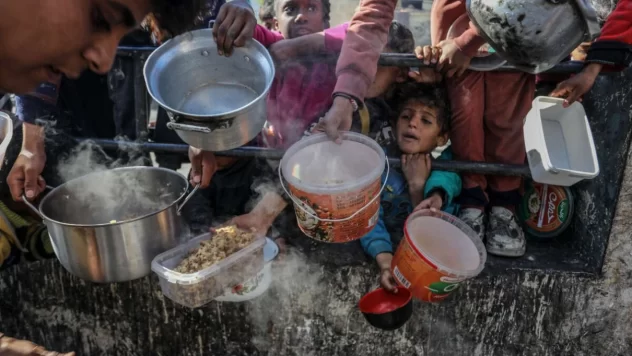Even though the number of people experiencing the most severe type of hunger has lately decreased, the world authority on the famine problem said on Thursday that the Gaza Strip remains vulnerable to famine more than a year after the conflict between Israel and Hamas began.
The US threatened to stop providing Israel with military backing if it did not take action to alleviate the humanitarian situation in Gaza, which is how the information became public. Numerous tent camps and schools that have been turned into shelters are now overflowing with hundreds of thousands of displaced individuals.
In recent weeks, Israel has again ordered the evacuation of the northern third of Gaza, launching another large-scale military operation there. It did not allow food supplies into the north for the first two weeks of October, before resuming shipments on Monday.
In a statement announcing a second shipment on Thursday, the military said it would continue to act in accordance with international law “to facilitate and expedite the entry of humanitarian aid into the Gaza Strip.”
The latest data on hunger in Gaza was released by the Integrated Food Security Phase Classification (IPC), an initiative established in 2004 during the Somalia famine and involving more than a dozen UN agencies, aid organizations, governments and other groups. The agency has repeatedly warned of the possibility of famine throughout the year-long war, which was sparked by Hamas’s attack in southern Israel on October 7, 2023.
More than 1.8 million people, or about 86 percent of Gaza’s population, face critical levels of hunger, defined as Phase 3 or higher on the IPC’s five-point scale. Some 133,000 people, or about 6 percent, are in Phase 5, the highest level, known as catastrophic hunger. This figure is down from earlier periods of the war, when about a third of the population was in this phase.
The IPC warned that the situation could deteriorate rapidly, with levels of catastrophic hunger expected to double in the coming months. It cited a reduction in aid in recent weeks, the onset of what is typically a cold and rainy winter, and the difficult conditions faced by people in crowded tent camps with little food, clean water or toilets.
“One year into the conflict, the risk of famine persists across the Gaza Strip as the conflict intensifies and winter approaches,” the report said.

